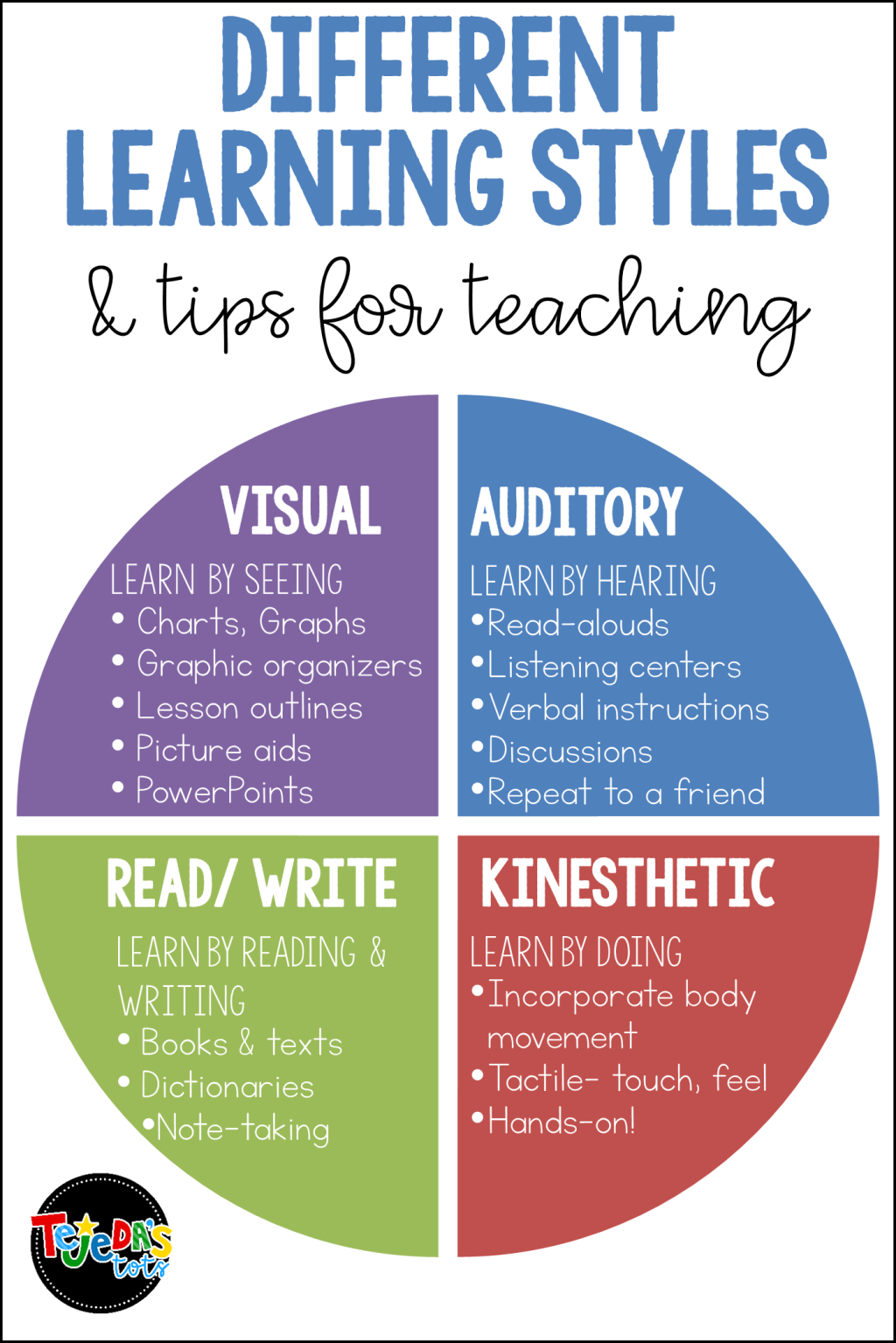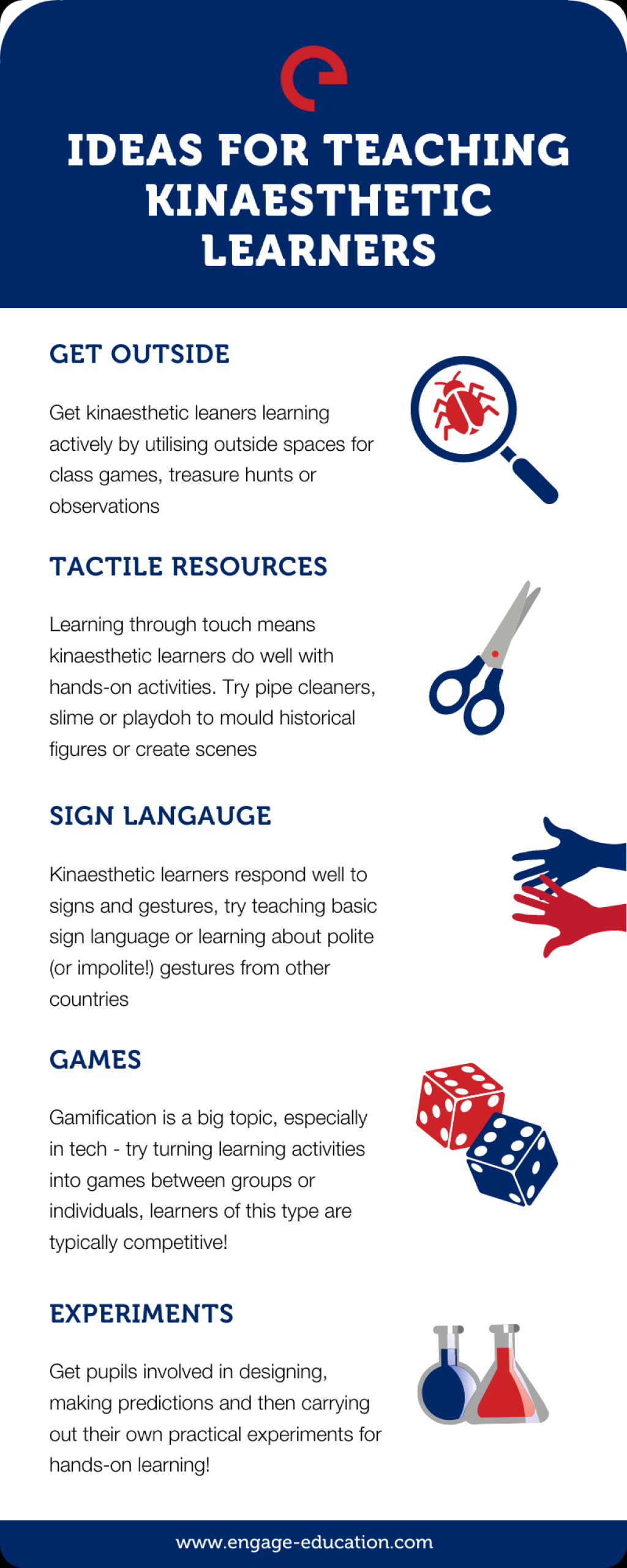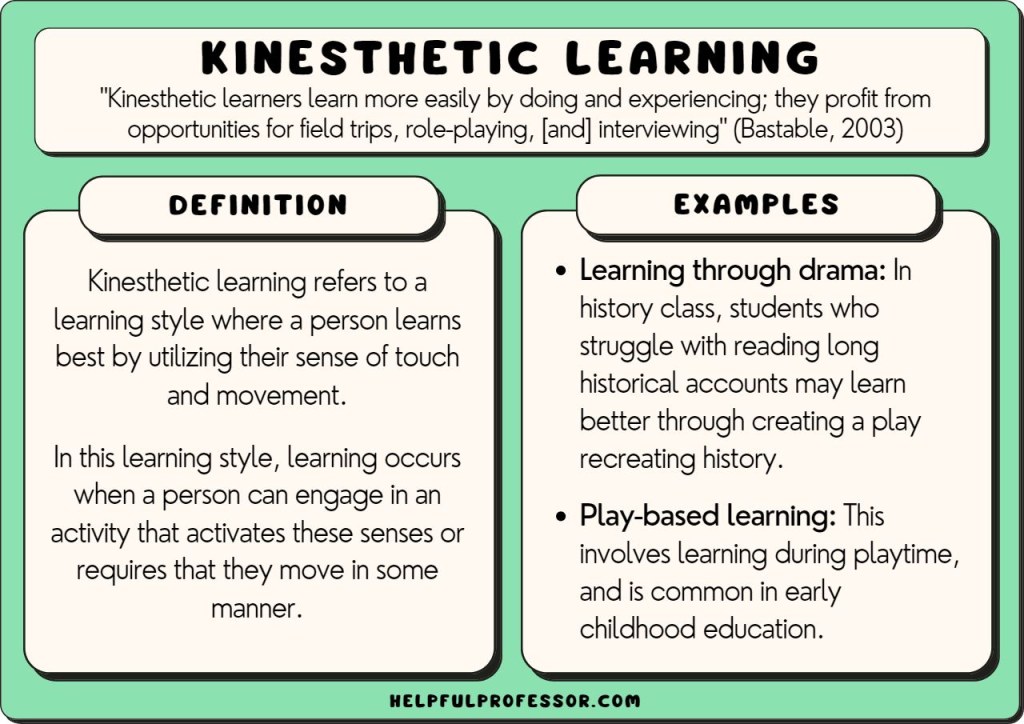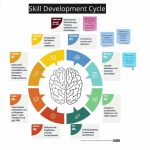Unlock The Power Of Kinesthetic Learning Opportunities: Experience The Difference!
Learning Opportunities Kinesthetic: Unlocking the Power of Movement in Education
Greetings, Readers! Today, we delve into the fascinating world of learning opportunities kinesthetic, a teaching approach that harnesses the power of movement to enhance the learning experience. In this article, we will explore what kinesthetic learning is, who can benefit from it, when and where it can be implemented, why it is important, and how it can be incorporated into various educational settings. So, let’s dive in and discover the wonders of kinesthetic learning!
What is Kinesthetic Learning?
🔍 Kinesthetic learning, also known as tactile learning, is an approach that emphasizes physical activity and movement as a means of absorbing and retaining information. It recognizes that individuals have unique learning styles, and for some, learning by doing and engaging their bodies is more effective than traditional classroom methods. By incorporating movement, kinesthetic learning actively involves students, leading to enhanced comprehension, retention, and overall academic performance.
3 Picture Gallery: Unlock The Power Of Kinesthetic Learning Opportunities: Experience The Difference!



Benefits of Kinesthetic Learning
📌 Improved Retention: Kinesthetic learning stimulates multiple senses, allowing information to be better processed and retained in long-term memory. By involving both the mind and body, students can form stronger connections to the material they are learning.
📌 Enhanced Engagement: Physical movement makes learning more enjoyable and interactive, increasing student engagement and motivation. This active participation helps combat restlessness and boredom, enabling students to focus better on the task at hand.
📌 Increased Creativity: Kinesthetic learning encourages students to think outside the box and explore various solutions through physical movement. It fosters creativity by providing a hands-on approach to problem-solving and encourages students to develop innovative ideas.

Image Source: tejedastots.com
📌 Improved Social Skills: Group activities and collaborative projects, often incorporated into kinesthetic learning, promote teamwork and communication skills. Students have opportunities to interact with their peers, developing essential social skills that will benefit them beyond the classroom.
📌 Tailored Learning: Kinesthetic learning caters to the diverse needs of students. It allows educators to create various activities and exercises that cater to different learning styles, accommodating the strengths and preferences of each student.
While kinesthetic learning offers many advantages, it is important to consider potential challenges and limitations as well. Let’s explore some of the disadvantages or potential drawbacks associated with this approach.
Disadvantages of Kinesthetic Learning
🔴 Limited Applicability: Not all subjects or concepts lend themselves well to kinesthetic learning. Some abstract or theoretical topics may require more traditional teaching methods to ensure comprehensive understanding.
🔴 Time Constraints: Incorporating movement-based activities into lessons requires careful planning and may require additional time compared to conventional teaching methods. Educators must strike a balance between movement and academic content to ensure curriculum coverage.

Image Source: engage-education.com
🔴 Space Limitations: Kinesthetic learning often requires ample space for physical activities. Limited physical space can pose challenges for educators, particularly in crowded classrooms or schools with limited resources.
🔴 Accessibility: Students with physical disabilities or health concerns may face challenges in fully participating in kinesthetic learning activities. It is crucial for educators to provide alternative options and accommodations to ensure equal learning opportunities for all students.
Now, let’s address some common questions related to kinesthetic learning:
Frequently Asked Questions:
1. Is kinesthetic learning suitable for all age groups?
Yes, kinesthetic learning can be adapted to suit learners of all ages, from early childhood education to adult training programs. The level of physical activity and complexity of the movements may vary depending on the age group.
2. How can kinesthetic learning be integrated into traditional classrooms?

Image Source: helpfulprofessor.com
Kinesthetic learning can be incorporated into traditional classrooms through various strategies, such as incorporating movement breaks, using manipulatives or interactive tools, and organizing group activities that involve physical movement.
3. Are there any specific teaching techniques or methods that work well with kinesthetic learning?
Yes, there are several teaching techniques that align with kinesthetic learning, including hands-on experiments, role-plays, simulations, and outdoor learning experiences. These methods encourage active participation and physical engagement.
4. Can kinesthetic learning be effective in online or remote learning environments?
Yes, kinesthetic learning can be adapted for remote or online learning by encouraging students to engage in physical activities at home or incorporating interactive online tools and simulations that require physical movement.
5. How can parents support kinesthetic learning at home?
Parents can support kinesthetic learning at home by encouraging physical activities, providing hands-on learning materials, and incorporating movement-based games or exercises into study routines.
Conclusion
In conclusion, learning opportunities kinesthetic is a powerful tool that taps into the natural inclination for movement and physical engagement. By incorporating kinesthetic learning strategies, educators can create a dynamic and enriching learning environment that fosters active participation, enhances comprehension, and promotes holistic development. Whether in traditional classrooms or online settings, the benefits of kinesthetic learning are undeniable. So, let’s embrace movement and unlock the full potential of education through kinesthetic learning!
Final Remarks
📝 It is important to note that while kinesthetic learning offers numerous benefits, it should not replace other learning modalities entirely. A balanced and inclusive approach to education that incorporates various learning styles will yield the best results for students. Educators, parents, and policymakers must work together to create an educational landscape that embraces diversity and supports the unique needs of every learner.
This post topic: Offline Classes


